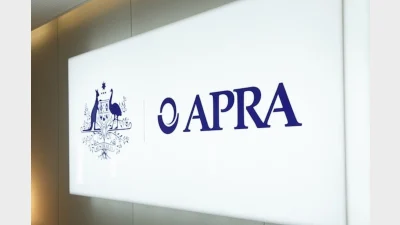Legg Mason searches for critical mass
The Australian arm of Legg Mason Asset Management believes it needs to hit the $1 billion mark in funds under management (FUM) in the next 12 to 18 months if it is to remain viable within the master trust space.
Currently in control of $870 million in FUM, with a member base of around 18,000, Legg Mason is spruiking its heavily outsourced, streamlined master trust model in order to grow the funds management business it purchased from Citigroup in June last year.
Since this time, the asset manager has undergone a period of relative inactivity, as investment analysts held off on recommending Legg Mason to clients amid speculation that it would not be continuing with Citigroup’s funds management role.
Paul Taylor, business development manager of Legg Mason’s corporate superannuation master trust, said there were two ways of achieving its target: winning new business and through the merger and acquisition trail.
During a recent visit from its US-based head office, it was agreed that the best strategy at this point was to grow FUM by leveraging its competitive advantages in structure and access to external expertise to win clients.
Taylor emphasised that in the short to medium-term it would not be looking at acquiring businesses in order to achieve greater scale.
Before year-end, the Legg Mason corporate super master trust is also expecting to partner with a financial planning dealer group. This will upgrade its current practice of simply migrating the planning services used by clients prior to signing with Legg Mason.
Recommended for you
Super funds have recorded modest gains in September as global equity strength and an AI-driven rally lifted investment returns.
ASIC is seeing an increase in misconduct exploiting superannuation, it stated in its latest annual report.
The super sector has welcomed the government’s payday super legislation, calling it a landmark step for fairer retirement outcomes.
The regulator has ordered super trustees to strengthen oversight of platform investments after member losses from failed schemes exposed governance weaknesses.









